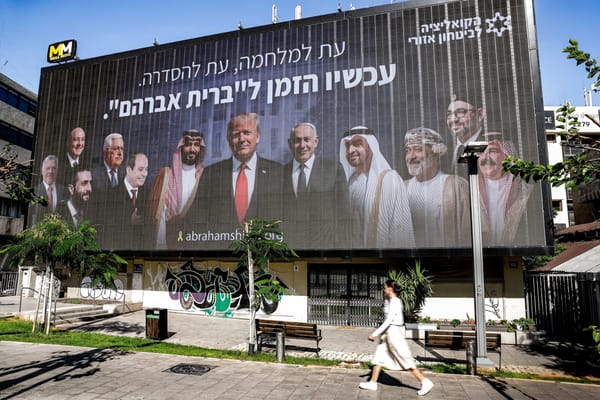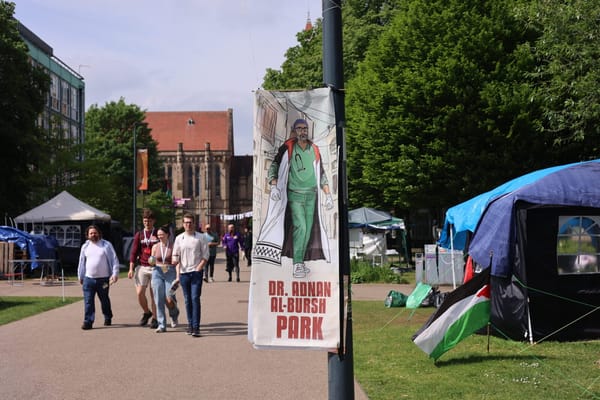Le lute de Bagdad
Given the rich lyricism and pointed social quality of contemporary Arabic poetry, it's no accident that politically motivated Arab music is usually vocal rather than instrumental. The close collaborations between Marcel Khalife and Mahmoud Darwish or Egyptian singer Shaykh Imam and Egyptian poet Ahm









